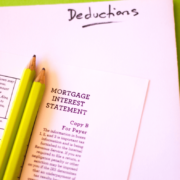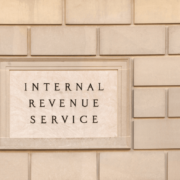ESTIMATED TAX
If a taxpayer does not have sufficient withholding from wages and pensions to cover the tax liability for the year, he/she could be subject to underpayment penalties. Self-employed taxpayers and those with substantial investment or other income frequently find themselves in this position. Quarterly estimated tax payments provide a means of prepaying the anticipated tax liability as a way to avoid the penalties. Generally, penalties can be assessed if a taxpayer fails to prepay a safe harbor (minimum) amount.
Safe Harbor Payments – Federal law and most states have safe harbor rules. There are two Federal safe harbor amounts that apply when the payments are made evenly throughout the year:
- The first safe harbor is based on the tax owed in the current year. If your payments equal or exceed 90% of your current year’s tax liability, you can escape a penalty.
- The second safe harbor – and the one taxpayers rely on most often – is based on your tax in the immediately preceding tax year. If your current year’s payments equal or exceed 100% of the amount of your prior year’s tax, you can escape a penalty. However, if your prior year’s adjusted gross income was more than $150,000 ($75,000 if you file married separate status), then your payments for the current year must be 110% of the prior year’s tax to meet the safe harbor amount.








Leave a Reply
Want to join the discussion?Feel free to contribute!